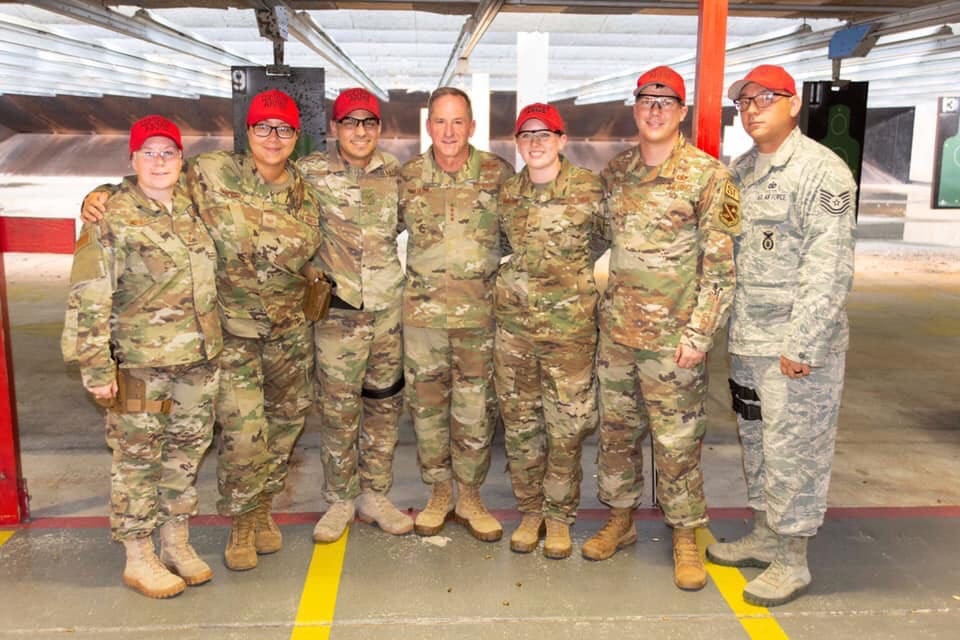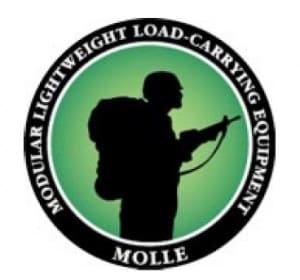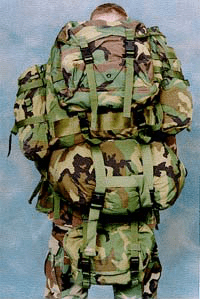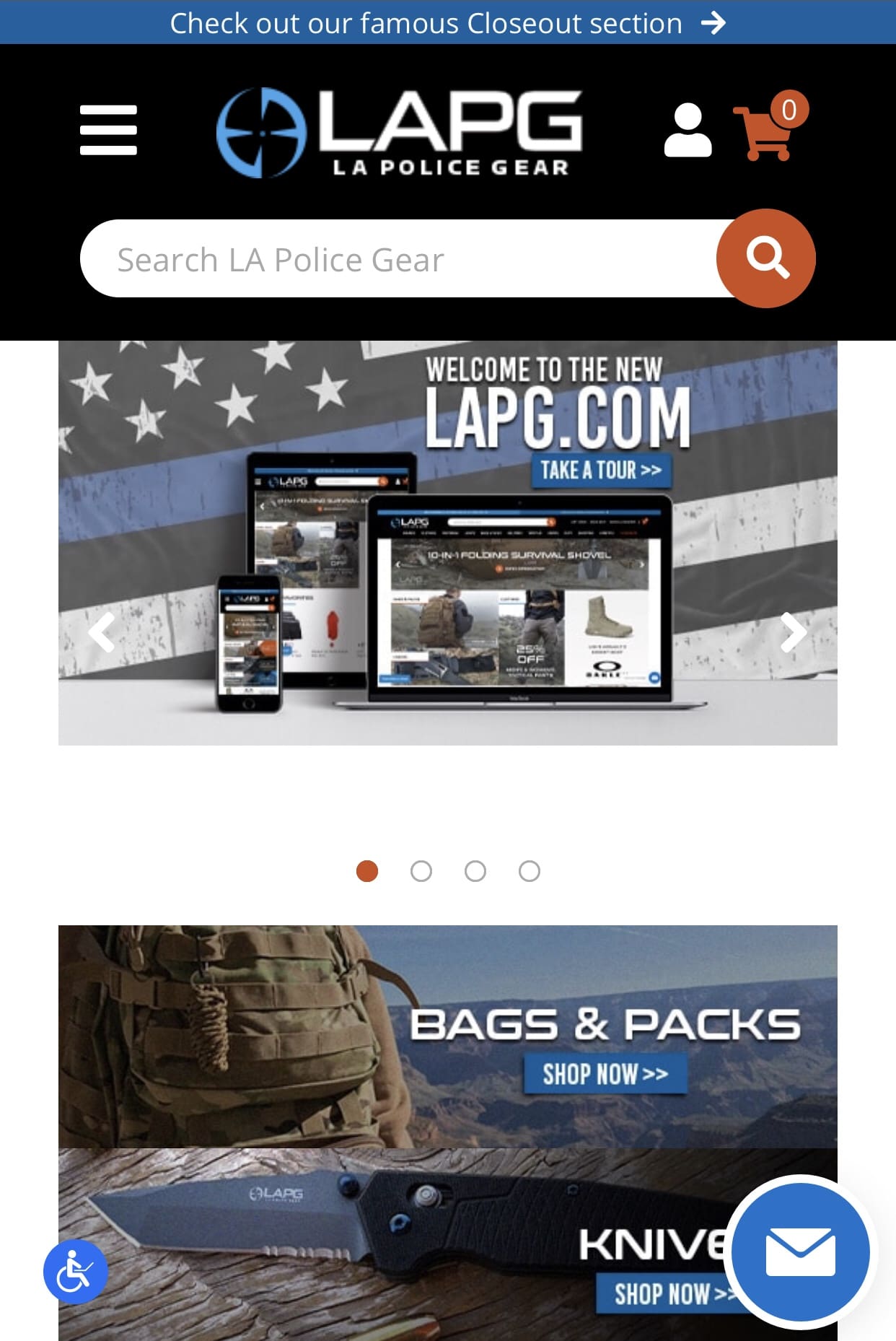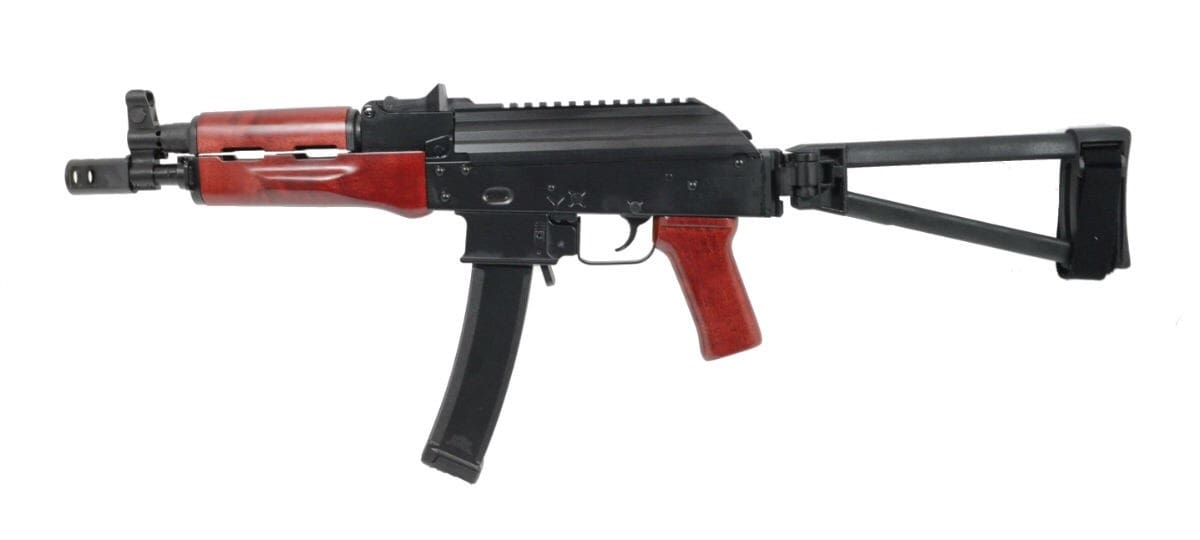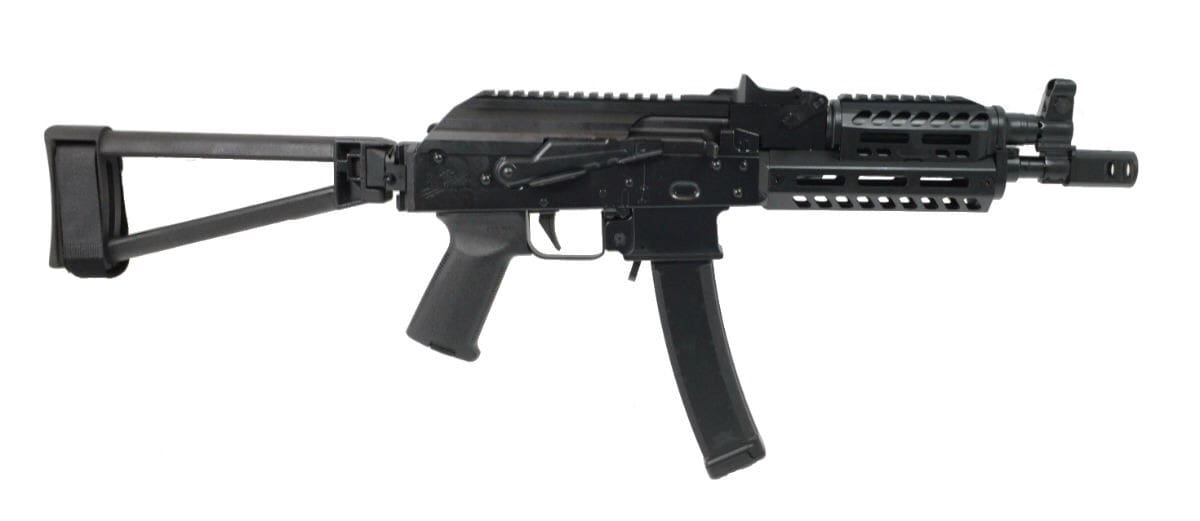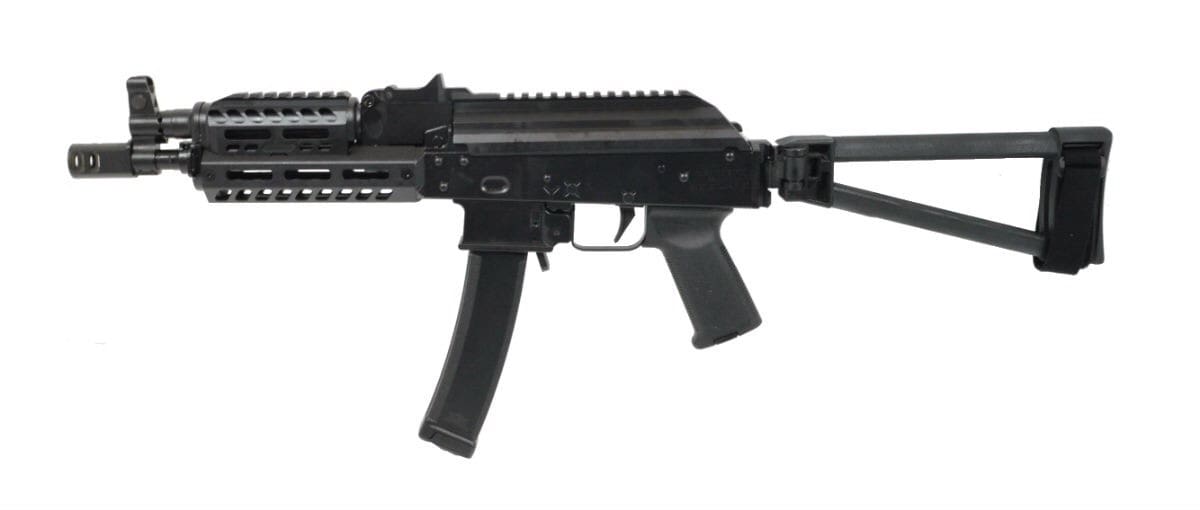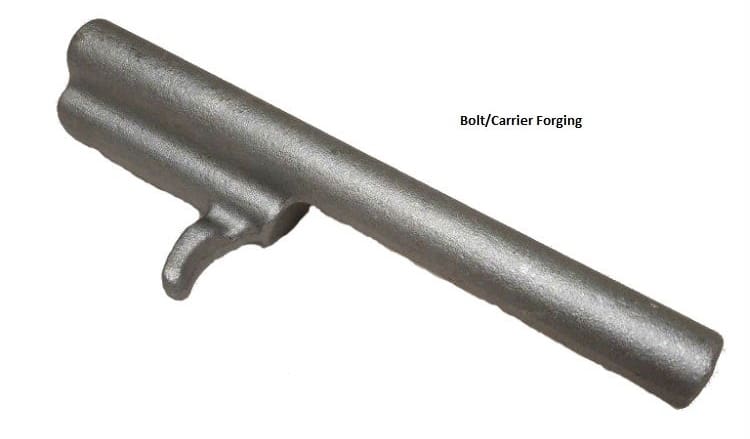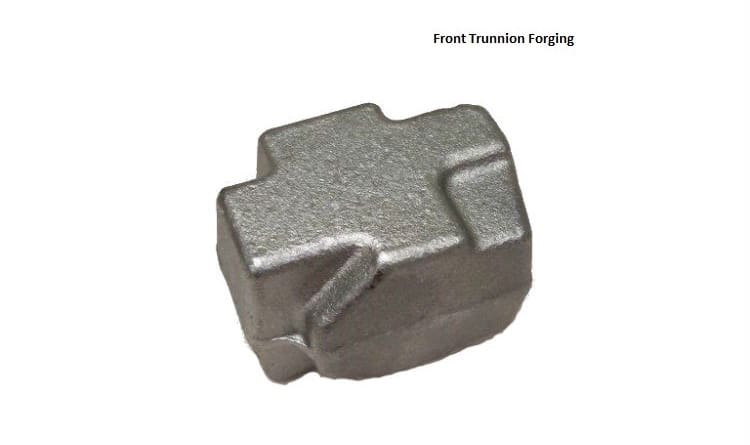New Berlin, WI. August 2019 – American Defense Manufacturing, a leading manufacturer in high quality, high performance firearms and accessory mounts, will be attending the National Tactical Officers Association (NTOA) show in Orlando, FL. August 18-19 at Booth # 1140.

The National Tactical Officers Association (NTOA) is a non-profit organization dedicated to serving the law enforcement community. NTOA currently has more than 40,000 members from specialties that include patrol, TEMS, crisis negotiations, canine, corrections, sniper, protective operations, explosives, command, tactical dispatchers, behavioral sciences and more. The NTOA conference is the national event attracting over 1,000 officers from approximately 400 agencies across the country and throughout the world.
In 2019, the NTOA fully tested and approved the ADM UIC15 MOD 1 LE 5.56 and UIC10 .308 systems, both earning its well-regarded recommendation. The ADM rifle systems underwent testing by NTOA evaluators and was judged on characteristics like quality, ease of use, performance, design and versatility.
The UIC MOD 1 LE rifle combines premium components, exceptional performance and accuracy through precision manufactured barrels, and dependability that law enforcement agencies can count on day after day. It provides officers with full ambidextrous controls to include charging handle, safety selector, magazine release, and bolt catch and release to improve the usability whether left or right handed. In addition, American Defense is committed to supporting agencies beyond the sale by providing immediate, temporary replacement of any American Defense rifle used in a critical incident and taken out of service for evidentiary purposes.
In addition, American Defense’s “Ready Reserve” Program provides immediate, temporary replacement of any ADM rifle that is destroyed in the line of duty in order to reduce department disruption and maintain 100% stock in the department’s armory.
Please stop by booth #1140 to take advantage of our Department T/E program and Individual Officer Price Specials. For more information on these and other American Defense products, please visit www.admmfg.com or call 262.780.9831.


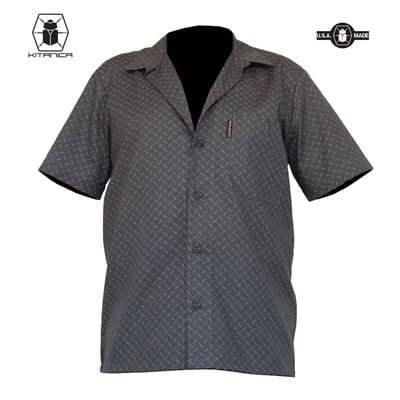
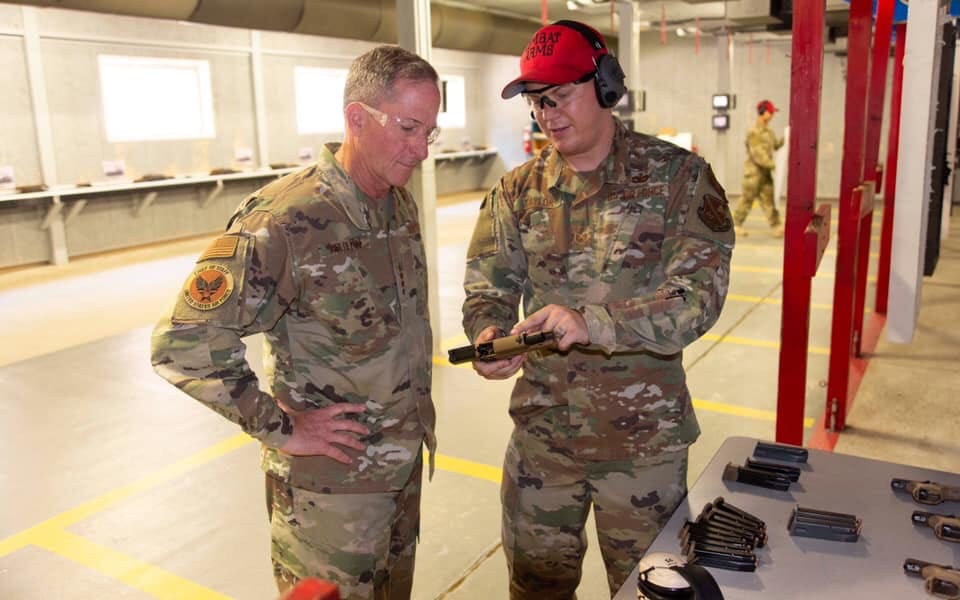
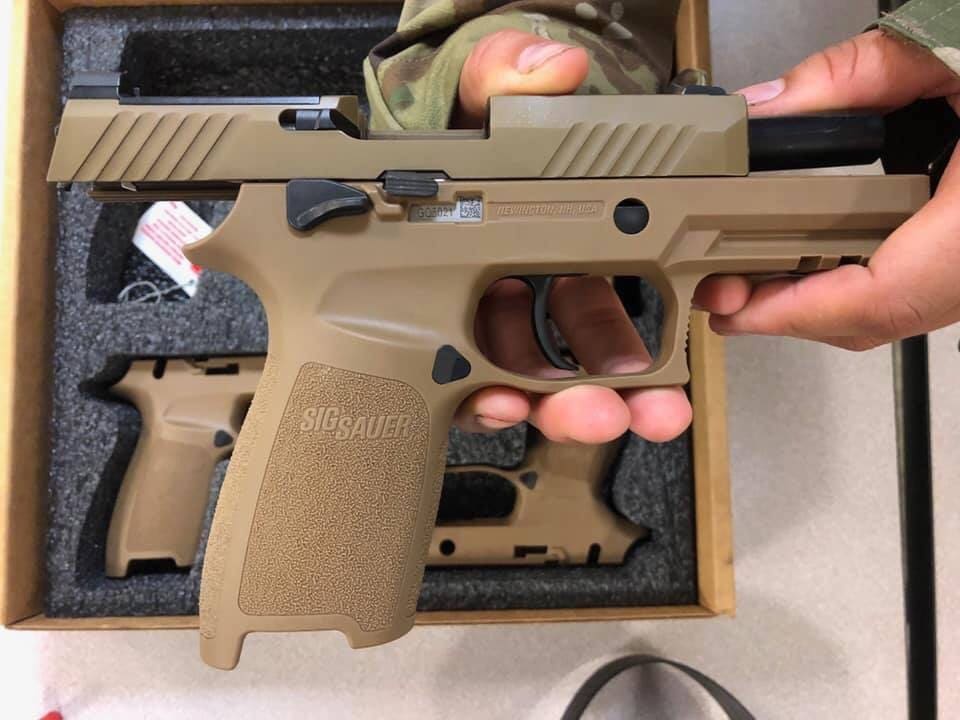
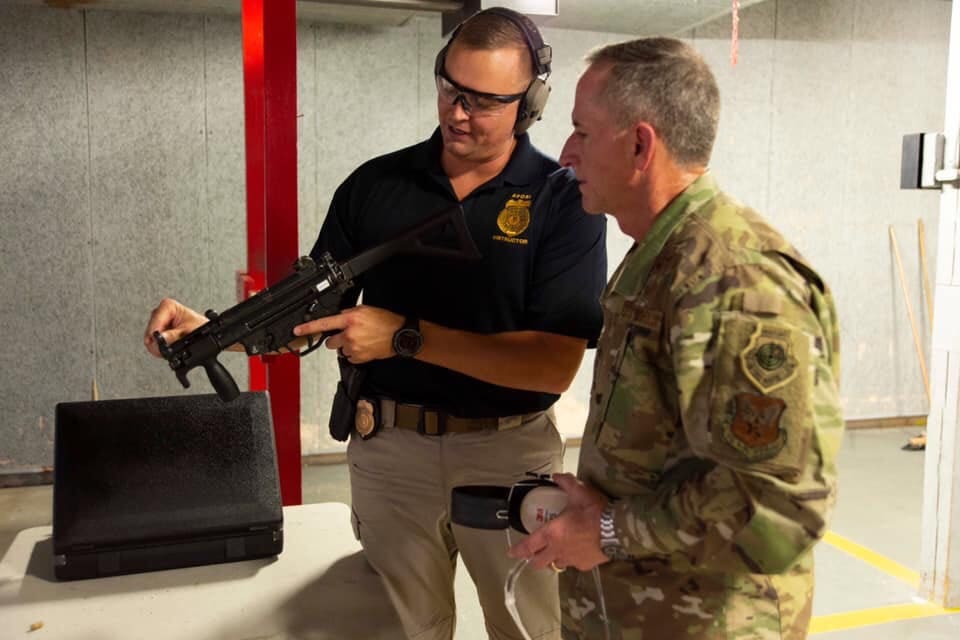 Additionally, Special Agent Justin Anderson demonstrated the Heckler & Koch MP5-K to the CSAF.
Additionally, Special Agent Justin Anderson demonstrated the Heckler & Koch MP5-K to the CSAF.